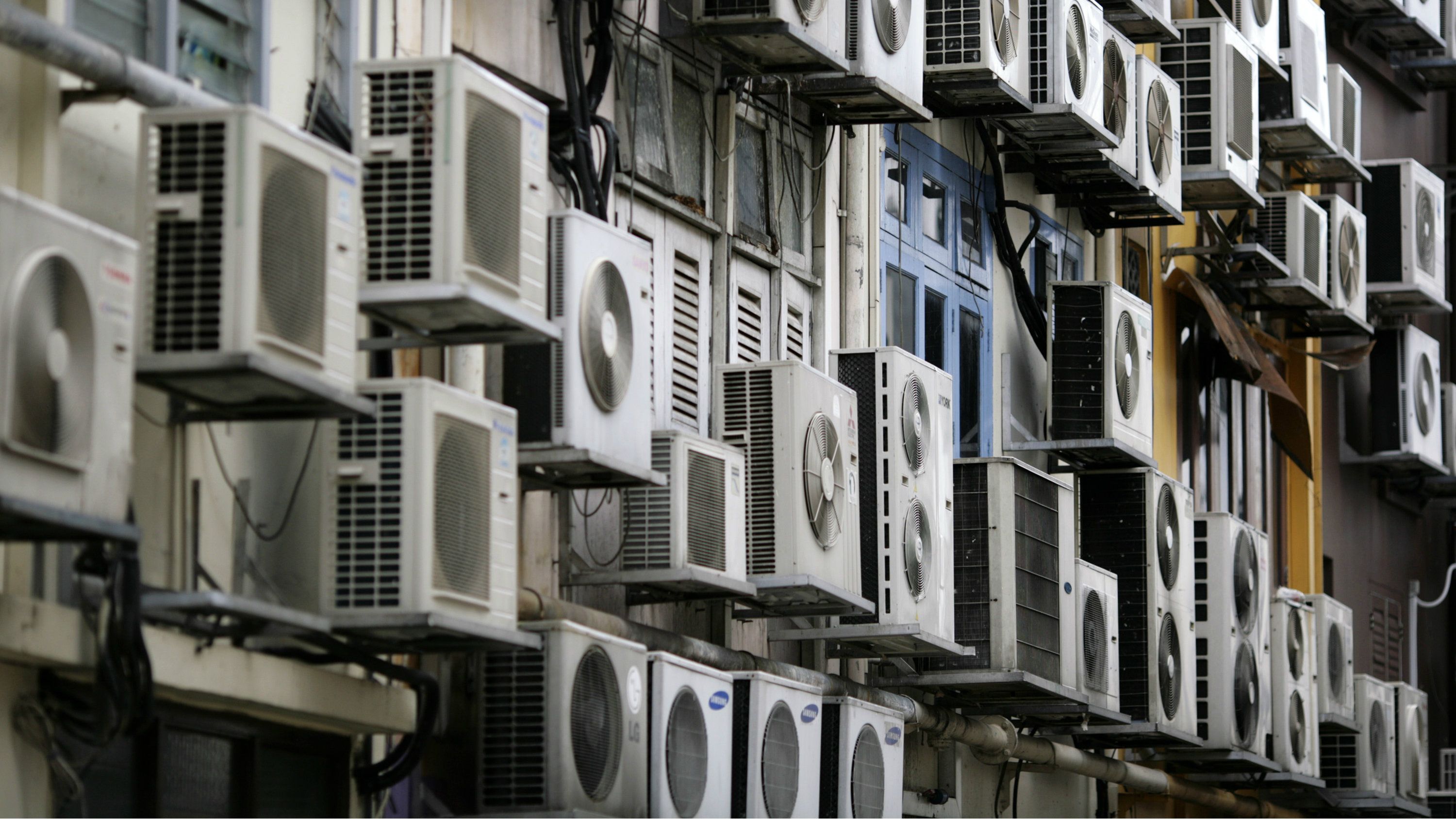The news site and newsletter wunderkind Quartz recently took a long look at society’s obsession with Air Conditioning, highlighting the technological advances stretching all the way back to 1300 B.C. that paved the way for the halogenated chlorofluorocarbon (HCFC) gulping devices we are familiar with today.
While those HCFCs replaced the ozone-depleting chlorofluorocarbons (CFCs) that were used until 1995, new advances in AC technology seek to eliminate HCFCs as well, replacing them with possible technologies such as magnetic air conditioners, membrane-based air conditioners using water as a refrigerant, and passive cooling systems that manipulate interior climates through the smart design of wind and water.
Nevertheless, the numbers on our use of modern air conditioning are startling: 10% of the world’s electricity is devoted to air conditioning, with 1.6 billion AC units installed globally. Every year 117 million metric tons of carbon dioxide are released by air conditioners in the US alone, while the AC units expected to be installed in India by 2030 will be the equivalent of adding several new midsize countries to the global grid.
And despite this tremendous energy expenditure, many office workers in the US frequently complain that their office’s AC units are too cold. Much of the blame can be traced to architectural choices driven by the availability of air conditioning, which allowed architects to forgo cooling tricks such as high ceilings and breezeways. The result was a situation in which AC was more and more necessary to cool office buildings, with that AC calibration derived from the metabolism of a 40-year-old, 155-pound man.
Thankfully, the field of bioclimatic architecture and the rise of carbon-neutral “fifth-generation” skyscrapers promises some relief by integrating water catchment and natural ventilation technologies, a refreshing nod to old school cooling systems that were far less harmful to the environment than current solutions.










